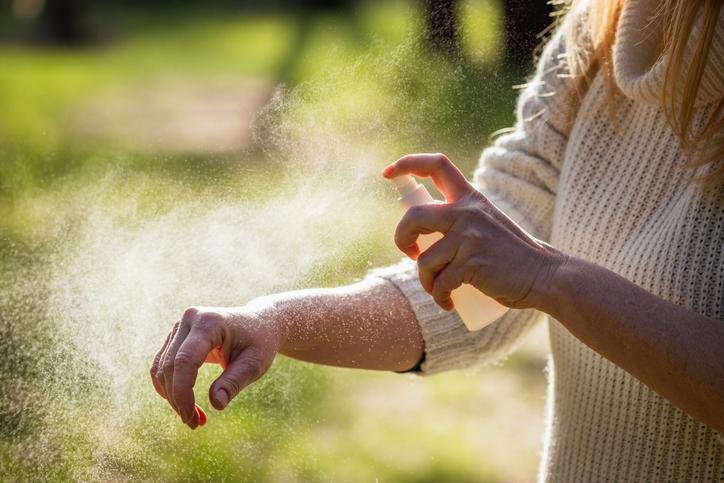21 октября 2024
Should We Be Afraid of "Flesh-eating" Bacterium from Japan?


21 октября 2024
Should We Be Afraid of "Flesh-eating" Bacterium from Japan?
## A real shock
This disease is related to group A [streptococci](https://ul.orna.me/KOge/librarybiomarker?id=2178), leading to the rapidly developing streptococcal toxic shock syndrome (STSS) syndrome. Fever begins, blood pressure drops, in the morning there is swelling of the foot, and by noon it can spread to the knee. As a result, respiratory problems, necrosis, organ failure, and death can occur within 48 hours.
According to the National Institute of Infectious Diseases, the number of streptococcal toxic shock syndrome cases in Japan reached 977 by June 2024, surpassing the record of 941 cases reported during all of 2023.
> Streptococcus bacteria is the most common cause of bacterial pharyngitis in children. It usually causes a sore throat, headache, fever, and a small red rash (scarlatina).
## What is the cause?
The World Health Organization (WHO) believes that the increased incidence is due to ===seasonal increased circulation of respiratory viruses such as influenza and their combination with streptococcal bacteria, as well as weakened group immunity following the COVID-19 pandemic.
Airborne droplets and physical contact transmit the infection. Foot wounds and small lesions such as blisters and foot mycosis are particularly susceptible to the bacterium. These can be the starting point for a severe condition.
> Hemolytic streptococcus is quite natural for the human microflora and usually does not manifest itself in any way. However, if the immune system is weakened, a group A streptococcal infection can develop, which is the cause of toxic shock syndrome.
## How serious is the danger?
The WHO predicts that the incidence rate in terms of the number of cases in Japan this year could reach 2,500. Outbreaks of infection with the "flesh-eating bacterium" have been noted in other countries as well. At the end of 2022, at least five European countries (France, Ireland, Sweden, the Netherlands, and the UK) have reported an increase in cases of invasive group A streptococcal disease among children under 10 years of age.
> The Centers for Disease Control and Prevention (CDC) estimates that between 14,000 and 25,000 cases of invasive group A streptococcal disease have been reported in the U.S. over the past five years, with 1,500-2,300 of those cases being fatal each year. Outbreaks of strep A infections most often occur between December and April.
## Don't panic
To prevent infection, basic hygiene measures should be followed. If the disease is diagnosed, it can be treated very successfully with antibiotics in combination with other medications. The main thing is to seek medical help in time.













